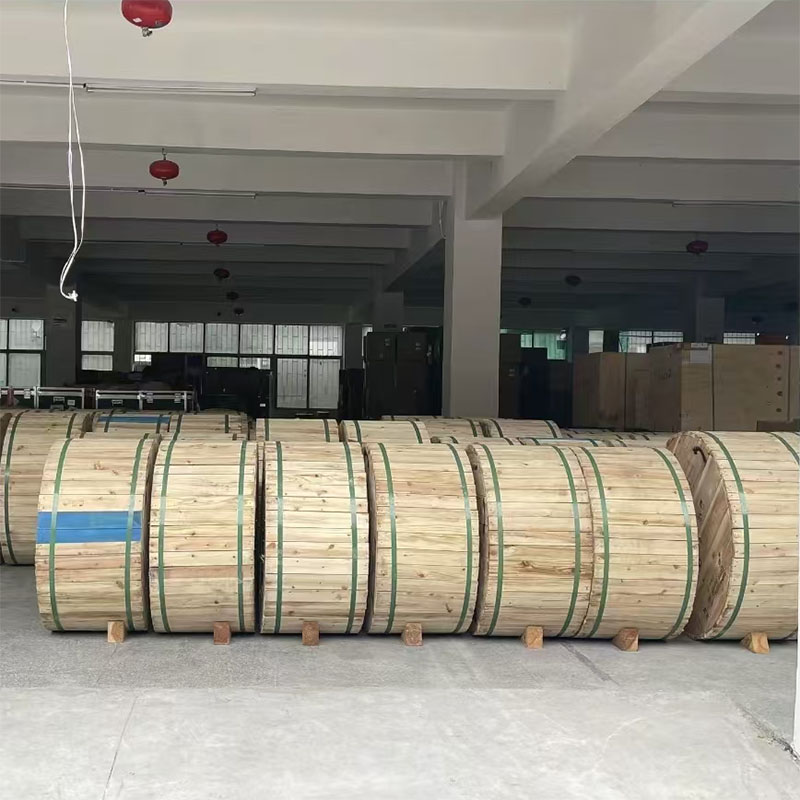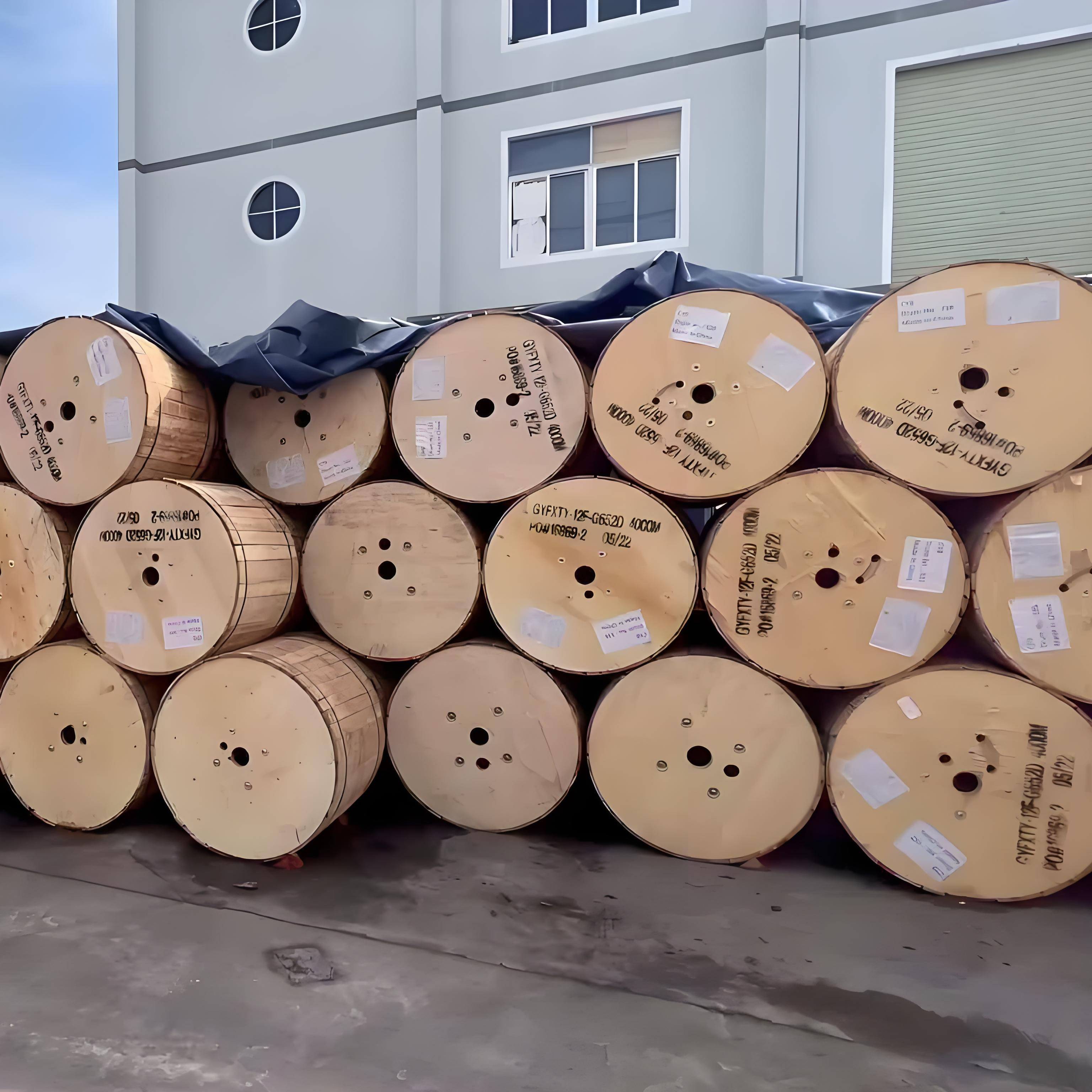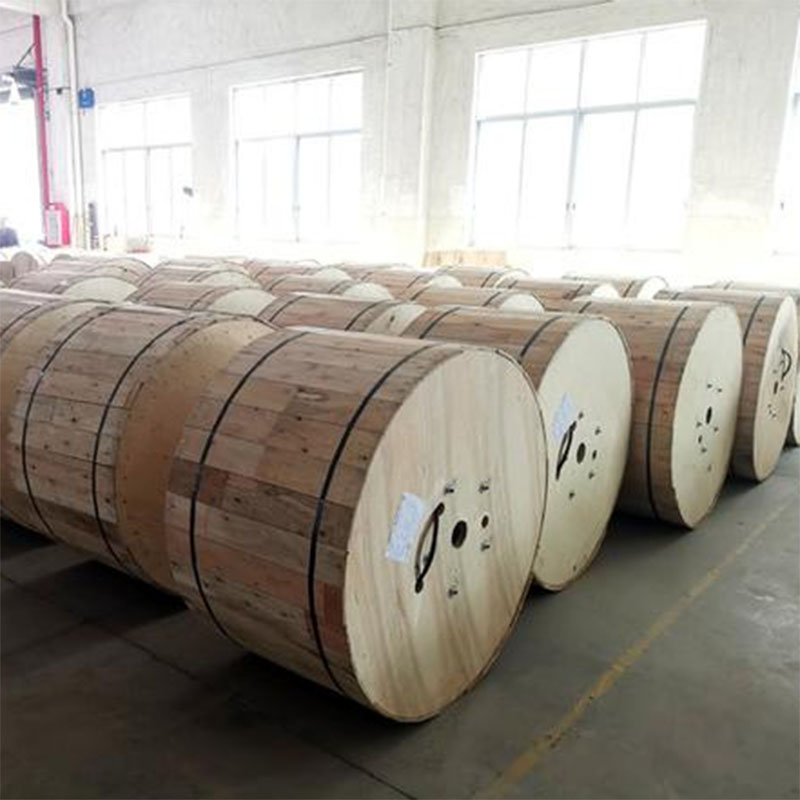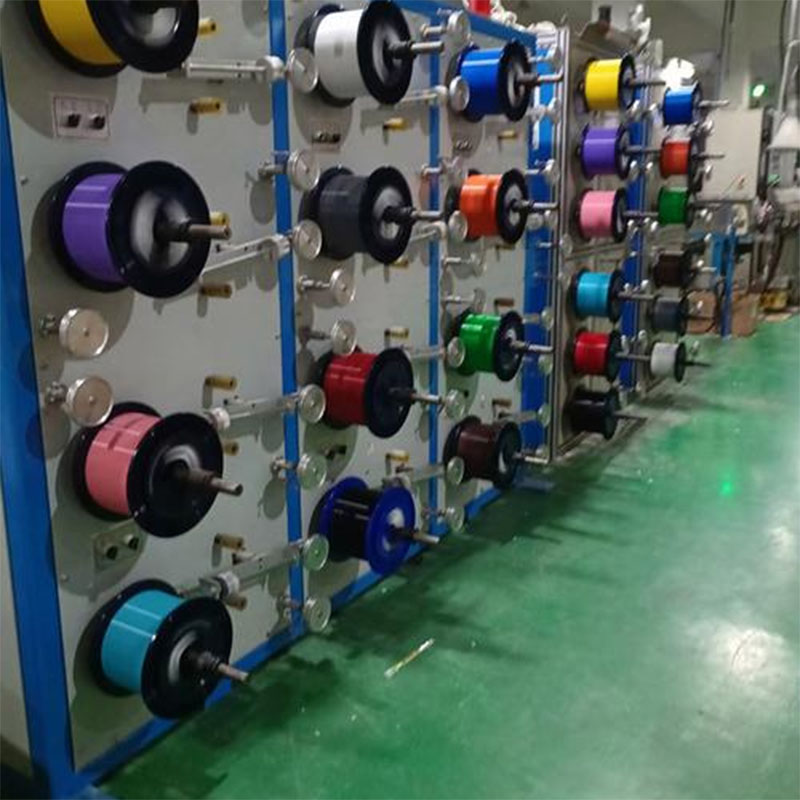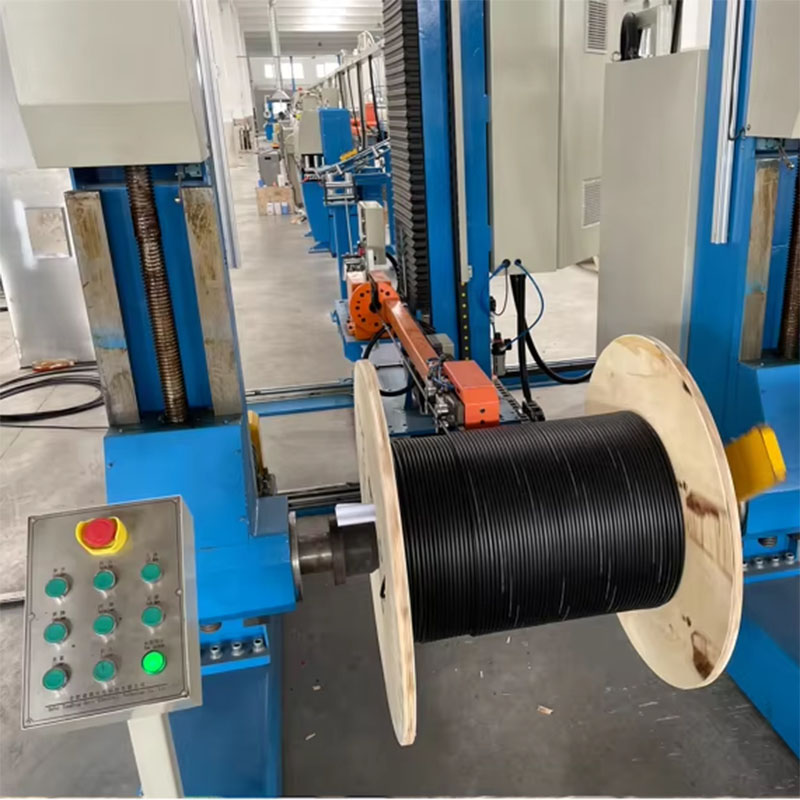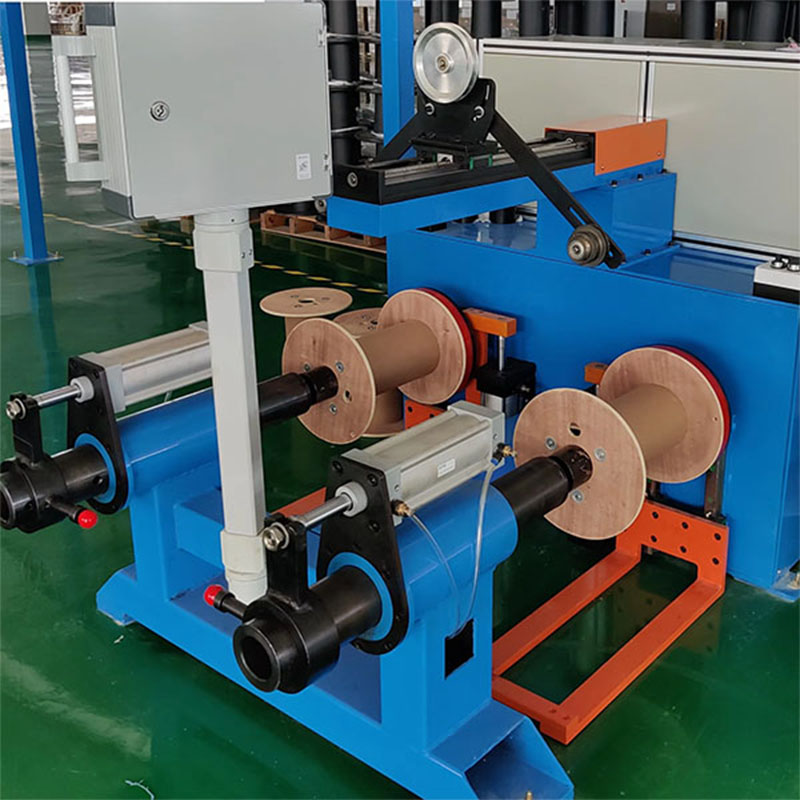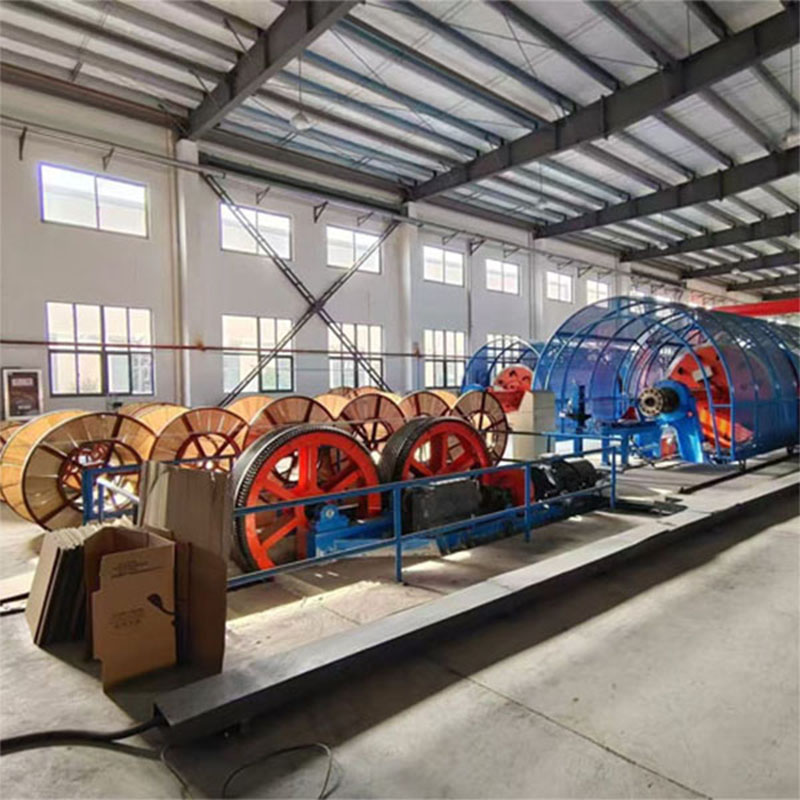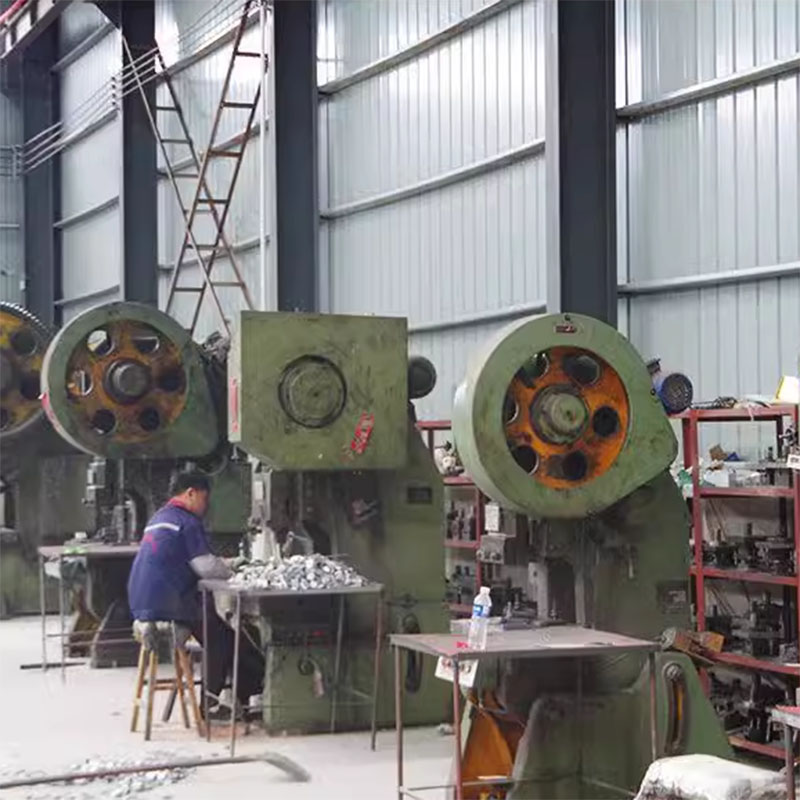Product News
-
How to choose FTTH outdoor drop cable with strong bending resistance and weather resistance? In-depth analysis of G657A1/A2 and G652D LSZH sheath models GJYXCH/GJYXFCH/GJYXKCH
In the face of complex outdoor environments, how can we ensure that FTTH optical cables have both bending resistance and long-term weather resistance? This article deeply analyzes the performance of G657A1/A2 (anti-microbending) and G652D (long-distance transmission) optical fibers, and combines the three models of GJYXCH (metal-reinforced overhead type), GJYXFCH (pressure-resistant direct burial type), and GJYXKCH (armored anti-rodent type) with LSZH fireproof sheaths to reveal their applicable scenarios, international certification standards, and installation efficiency advantages, helping yRead more -
Why Figure 8 Fiber Optic Cables Are Thriving in South America?
Driven by rising internet adoption, urban expansion, and government digital inclusion programs, South America’s telecom sector is rapidly upgrading infrastructure. Amid this transformation, Figure 8 Fiber Optic Cables (self-supporting "8-shaped" cables) have emerged as a top choice for operators across the region.Read more -
In terms of economic benefits, why does ASU optical cable stand out in the field of power optical cables?
ASU optical cable (all-dielectric self-supporting advanced support unit cable) is becoming the preferred solution for power communication networks due to its lightweight design, high cost performance and adaptability.Read more -

How to choose ADSS optical cable based on span and sheath? 3 key decision points
ADSS (all-dielectric self-supporting) optical cables are widely used in power towers, complex terrain and other scenarios due to their feature of not requiring metal support. In addition to conventional parameters, span design and sheath materials directly affect the long-term stability of optical cables.Read more -

Compared with traditional optical cables, what are the technical advantages of ADSS optical cables?
ADSS (all-dielectric self-supporting) optical cables differ significantly from traditional optical cables in terms of materials, performance, and applicability. Based on industry standards and measured data, this article compares them from three aspects: technical parameters, environmental adaptability, and economy.Read more -
How does ADSS optical cable win the global medium and short span market with its technical parameters?
According to Grand View Research, the global ADSS optical cable market will reach $980 million in 2023 and is expected to continue to expand at a compound annual growth rate of 8.2%, with 50% of the new demand concentrated in the 50-150m span scenario. Behind this growth is the breakthrough performance of ADSS optical cables in three major technical dimensions:Read more -
How to achieve precise customization of ADSS optical cables? Aoptke Cable's 6 core technical strategies
The overhead laying environment of ADSS optical cables is complex and changeable, and needs to deal with multiple challenges such as electromagnetic interference, span tension, climate corrosion, etc. Based on 20 years of industry experience, Aoptke Cable has summarized the key path for the customized implementation of ADSS optical cables.Read more -
How to configure the number of cores in ADSS optical cable? In-depth analysis of 6-288 core applications and technologies
All-dielectric self-supporting (ADSS) optical cables have become core components of power communication and telecommunication networks due to their non-metallic structure, anti-electromagnetic interference and self-supporting installation capabilities. The number of optical fiber cores directly determines its bandwidth capacity and applicable scenarios. Based on technical parameters and industry practices, this article analyzes the configuration logic of 6-288 core ADSS optical cables to help network planners make accurate selections.Read more -
How to choose cost-effective ADSS optical cable? A comprehensive analysis of brands and models!
In the construction of power communication and network, ADSS optical cable (all-dielectric self-supporting optical cable) has become the core choice for overhead wiring due to its metal-free structure, anti-electromagnetic interference and high reliability. Faced with a variety of brands and models, how to balance cost and performance? In this article, AOPTKE CABLE provides you with a concise and practical purchase strategy.Read more -
FTTH Drop Cable Prices: Key Factors and Buying Guide to 2025
With the surge in fiber-to-the-home (FTTH) deployments around the world, drop cables—critical for connecting the distribution point to the end user—are in high demand. This guide analyzes the cost drivers and selection strategies for 1-12-core drop cables, supported by market data through 2024.Read more -
How does the voltage level selection of ADSS fiber optic cables affect their long-term reliability?
ADSS optical cable (all-dielectric self-supporting optical cable) is widely used in the field of power communication due to its independence from power lines. However, many users tend to overlook a key parameter when selecting the cable - line voltage level, which is directly related to the choice of cable sheath material and long-term operation stability.Read more -
How does ADSS cable tangential suspension clamp become the key to improving the safety and efficiency of optical cable projects?
The design and performance of the ADSS cable tangential suspension clamp directly affects the stability and service life of the optical cable. AOPTKE CABLE analyzes the core advantages and application scenarios of this key accessory to help you complete project deployment efficiently.Read more


